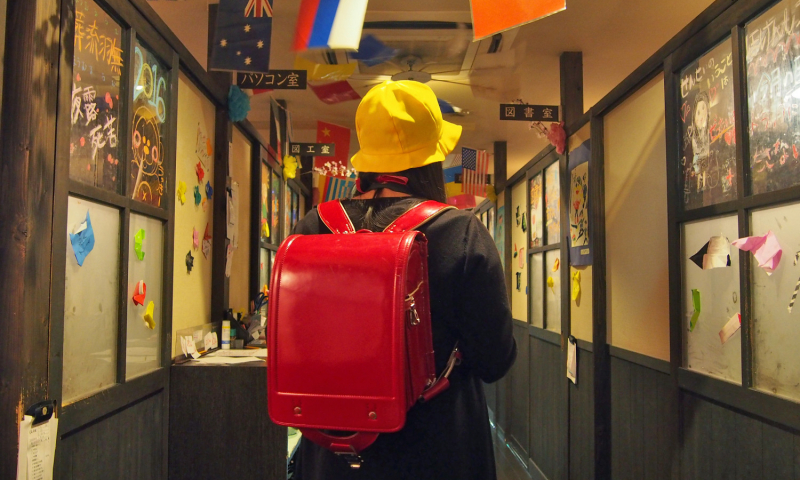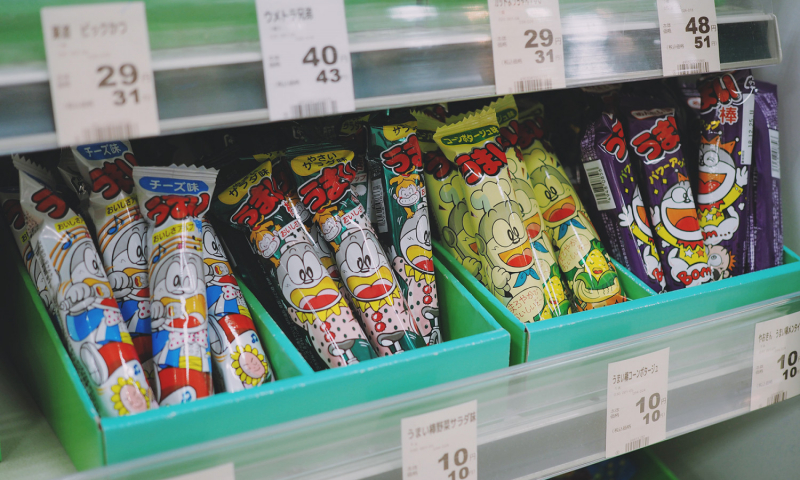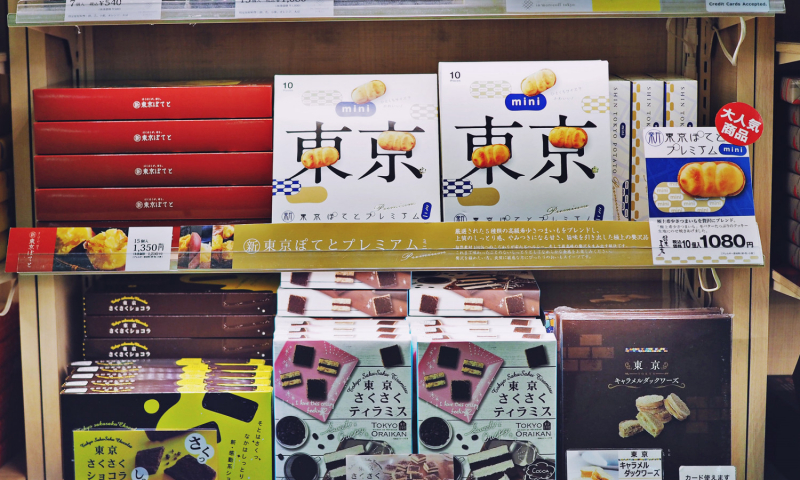
Omiyage: Japan’s Souvenir Culture
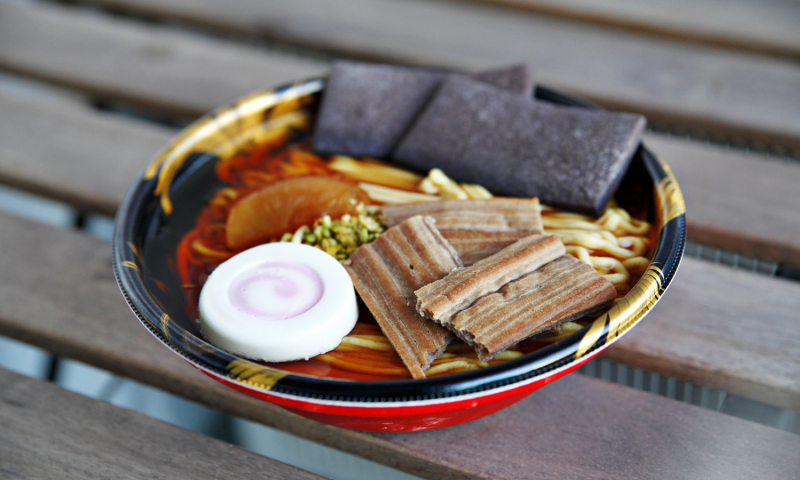
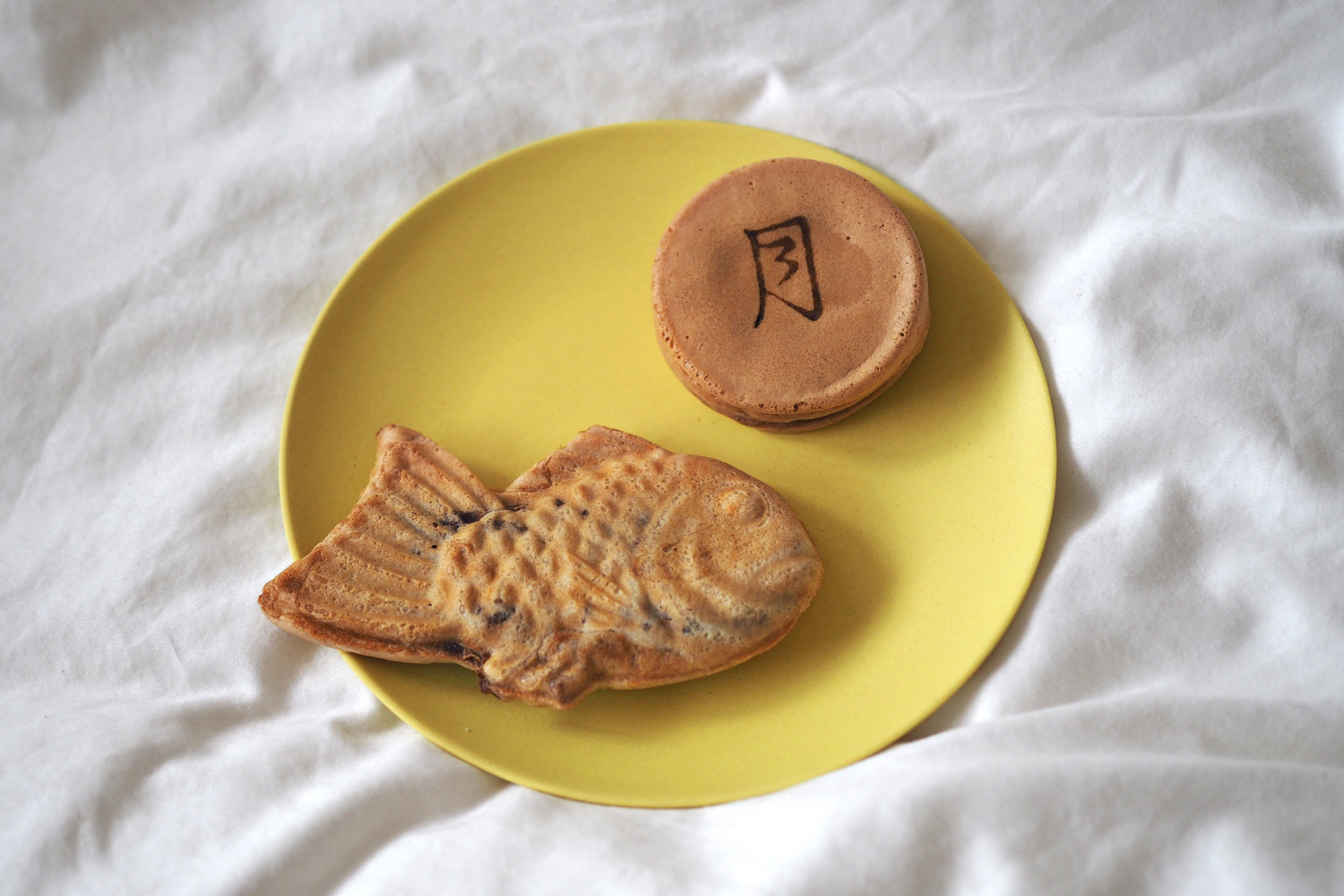
Sponsored Links
Japanese cuisine has a prolific variety of famous dishes eaten all over the world, from ramen to sushi to tempura. But that’s not all there is to it! Outside the restaurants there is a world of street food and confectioneries that tradition has kept warm till this day. Chances are you might have eaten some of them—takoyaki? Yakitori? Yakiimo? Why do they all sound so similar? ‘Yaki’ means fried or grilled, and is a common part in the names of many Japanese food.
Long before the modern pancake boom happened thanks to trendy cafes, Japan has their own traditional pancakes—taiyaki and imagawayaki. These are two popular Japanese snacks commonly found in street stalls and festivals, both made with pancake-like batter and stuffed with a variety of fillings. Although they share a similar taste and texture, they do have their differences.
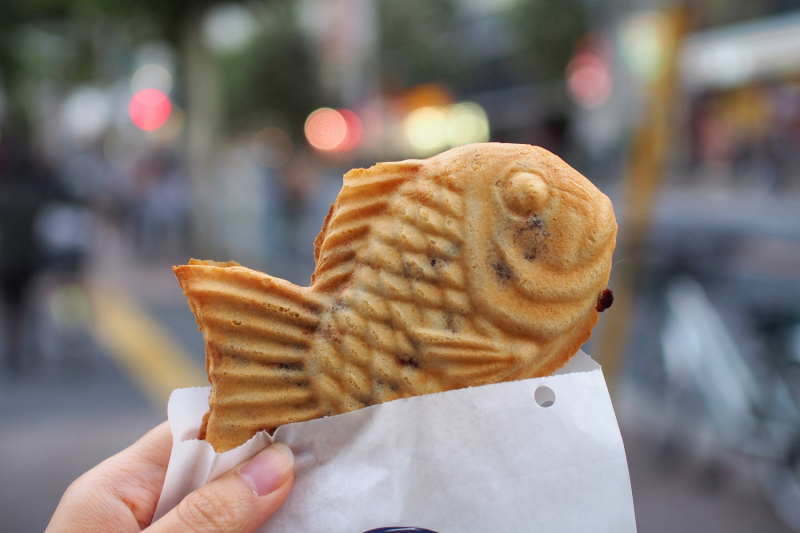
The main difference that clearly distinguishes them is first and foremost their shape. Taiyaki is named so for its fish shape—“tai” is the Japanese word for sea bream, forming the unique shape and origin of the snack’s name. Depending on the stall that makes it, they can be either thin and crispy or thick and fluffy.
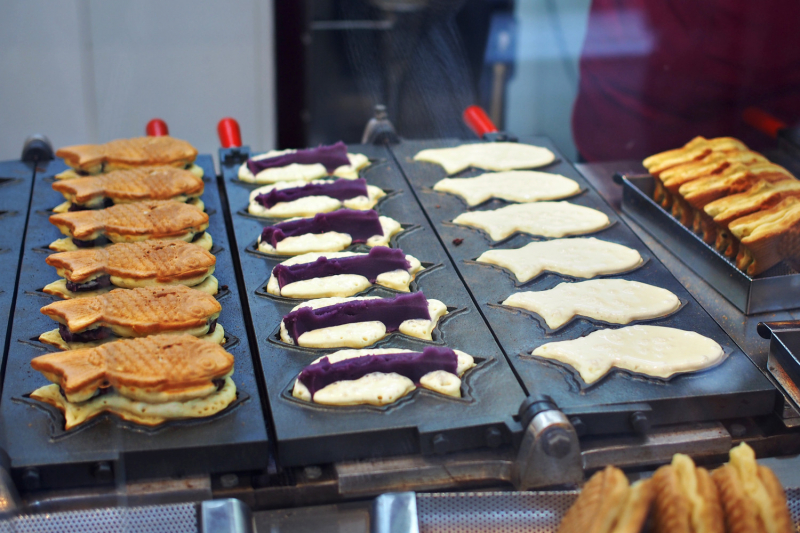
The most common filling is red bean, but over the years the variety has expanded to include all kinds of flavors from custard to sweet potato to even savory fillings. The batter is typically the same. It is poured into fish-shaped molds to be cooked, and out comes a sweet, golden brown sea bream. It’s realistic in appearance too, complete with scales and fins baked into each taiyaki. This is the characteristic look of the taiyaki that made it one of the most distinctive-looking desserts in traditional Japanese confectionery. When eating taiyaki, it’s common to divide people into those who start from the head and those who start from the tail. Which side do you prefer eating from?
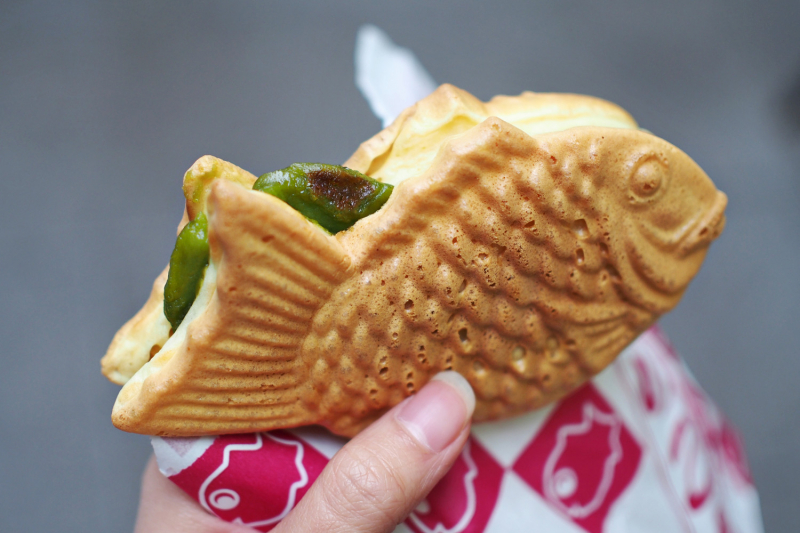
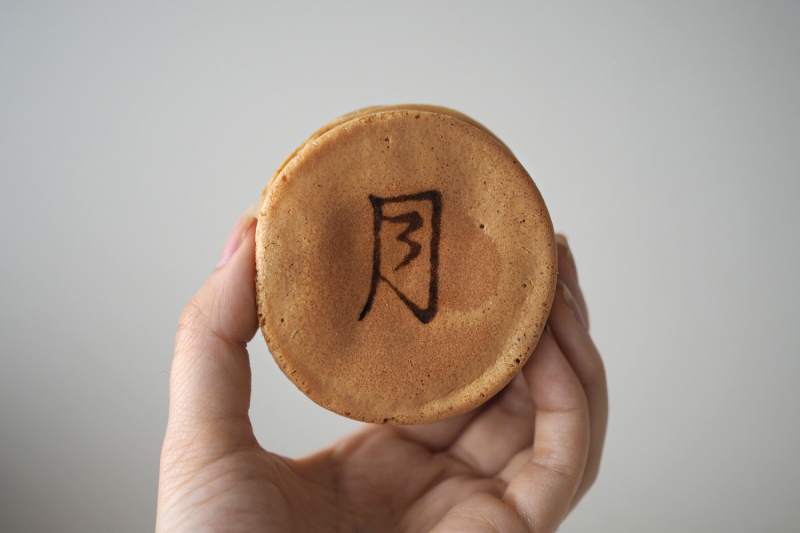
Imagawayaki meanwhile, is a lot more straightforward—anywhere you bite into is the same. It’s simpler in shape compared to the taiyaki’s detailed form. They’re made on round molds so that they come out soft and spherical, typically thicker and softer than taiyaki in texture. Imagawayaki can be crispy around the edges but for the most part they’re smooth and spongey to bite.
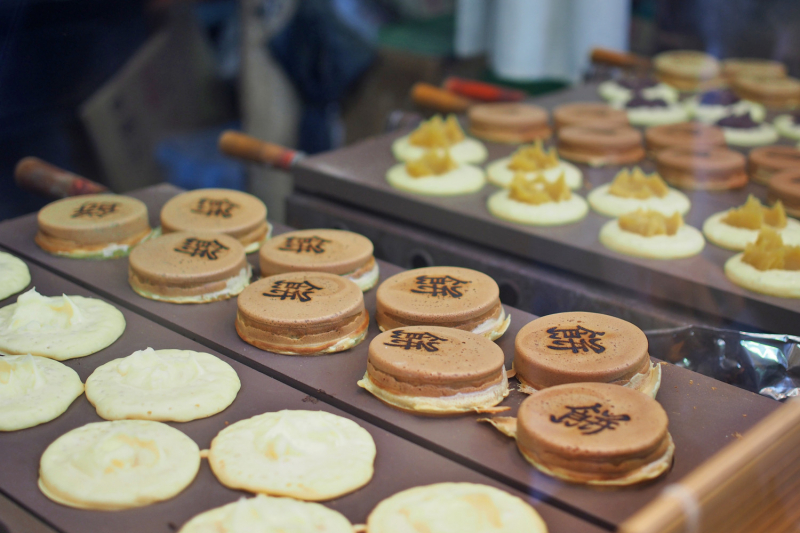
Another unique characteristic of the imagawayaki is its multiple identities. In different regions around the country they can be called something completely different. The most common alternative is “obanyaki” as called by people in the Kansai region. Further down south, it is known as “kaitenyaki” in the Kyushu region because of how the pan is rotated around during the cooking process. The naming diversity of imagawayaki might be attributed to its long history—it precedes taiyaki by almost a century. Imagawayaki was first sold during the Edo period in the 18th century, and taiyaki later appeared in the Meiji period that followed.
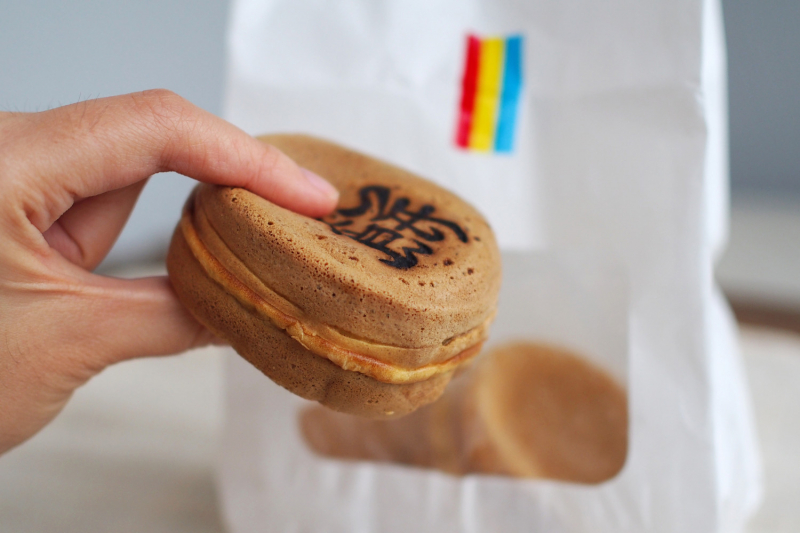
It’s hard to say which is more popular. In the end it boils down to preference, or simply just a matter of which one you happen to come across first. Both taiyaki and imagawayaki are both timeless beloved snacks that you can find easily in the streets of Japan. They’re usually priced at just a little over 200 yen (USD2) each, making them a quick and cheap bite to grab when you’re a little peckish. Of course you have to try both of these traditional desserts before deciding just which one leans towards your preference.
Photos by Sharuru
Sponsored Links
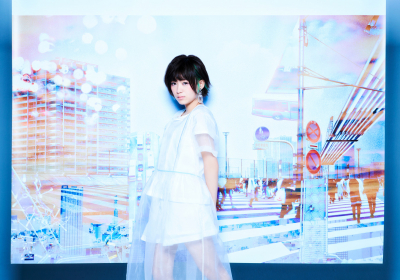
How she Made Herself an Anime Song Artist, Tapimiru!
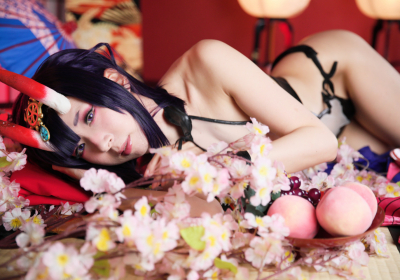
The Real Face of Cosplayers Vol.8 Sachibudou ~If You Feel Worried, I’ll Give You Advice~


